For those of us who use alternative building methods in construction, it can be difficult to find a mentor. Trade schools generally teach stick framing, so you will be hard-pressed to find an official school in which to learn. And if you can’t find an architect who is a natural builder to apprentice under, your only option for learning is first through books, and then trial and error as you put the methods into practice.
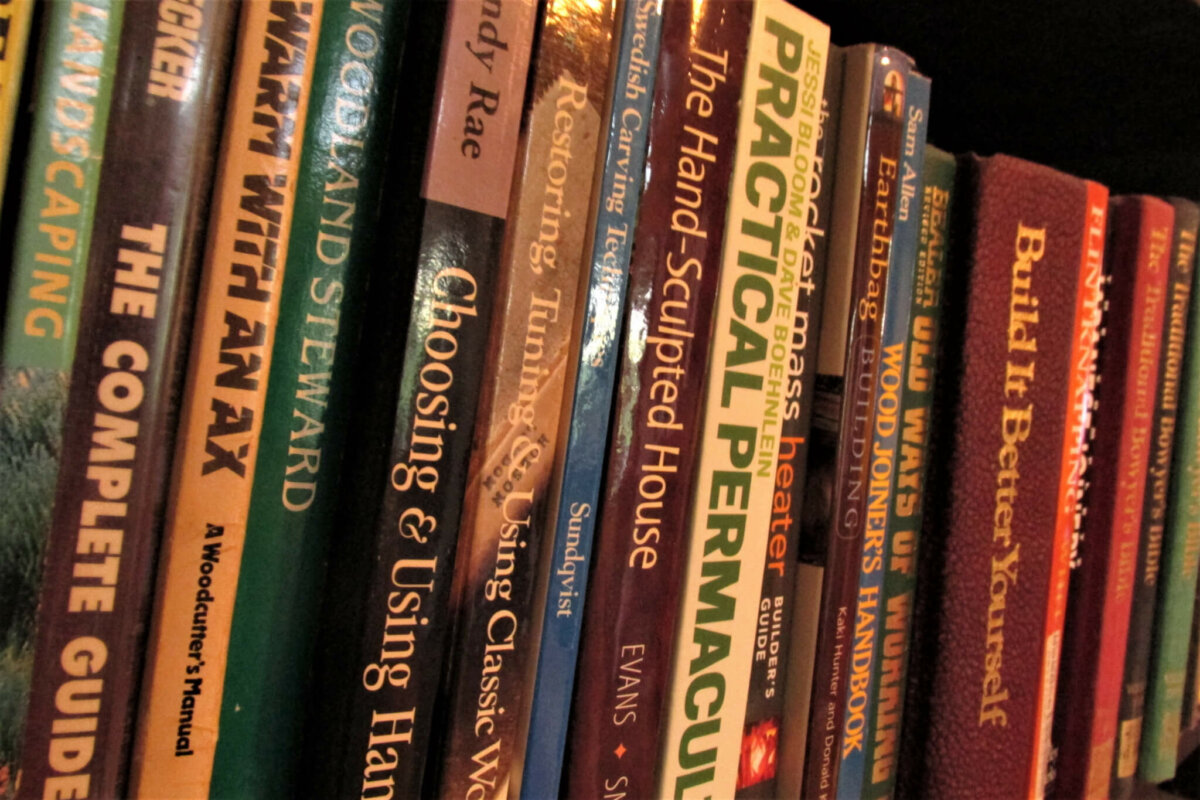
So in case that is the route you need to take, here are some books I would recommend that you add to your library. They provide a complete guide for alternative building methods.
1. Building Green
Authors: Clarke Snell and Tim Callahan | Find it on Amazon

The first book on the list is “Building Green.” Clarke and Tim document their unique house building process from start to finish in minute detail. Their house is truly one-of-a-kind as they use several different alternative building methods in a single structure. One wall is made from cob, another uses cordwood, a third is constructed of straw bales, and the final wall is stick framed. They use earth plaster to cover the walls, and they cap off the dwelling with a gently-sloping living roof. All of these methods are clearly described and shown in myriad pictures.
2. Earthbag Building
Authors: Kaki Hunter and Donald Kiffmeyer | Find it on Amazon
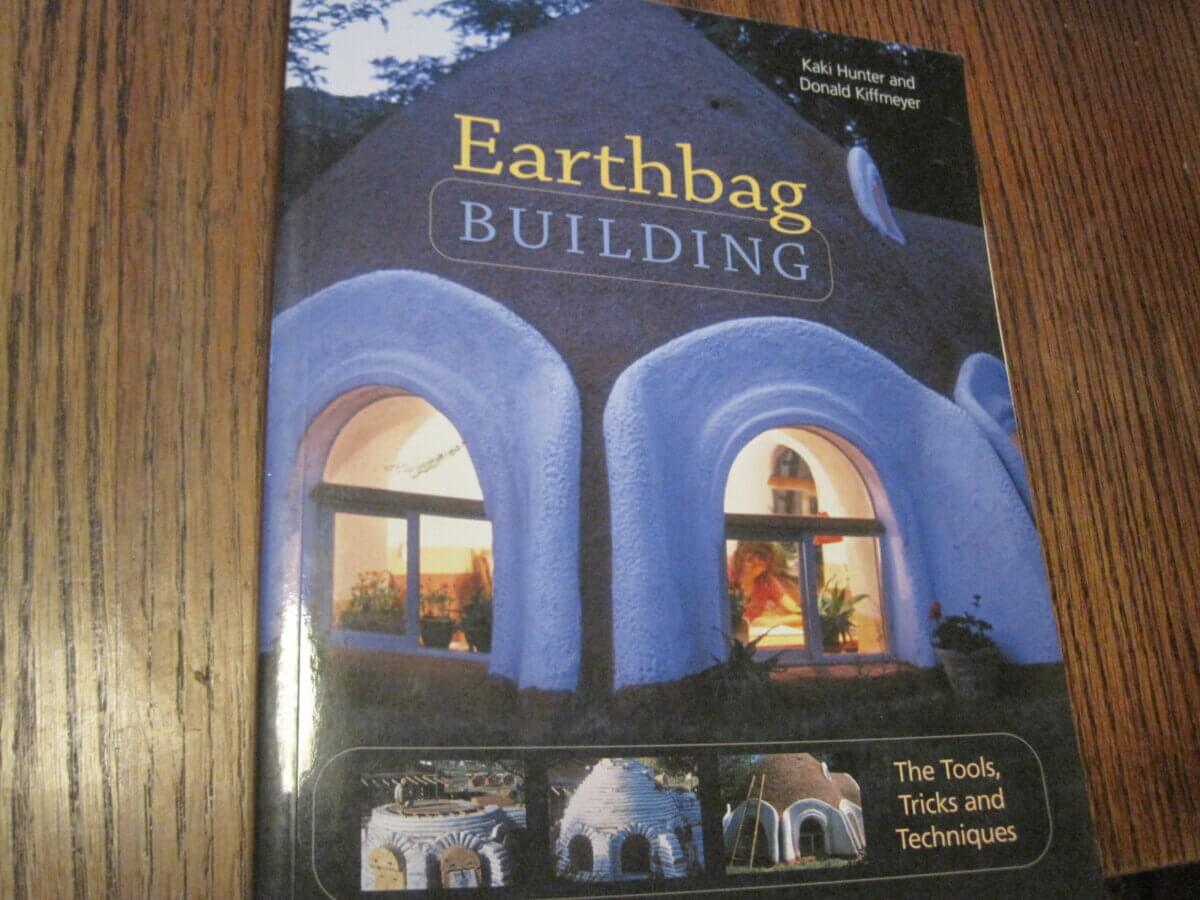
One of the newest alternative methods is building with earth bags. You basically fill many woven polypropylene bags (or burlap bags could work) with dirt, and stack them on top of one another to form a structure. Of course, it is more complicated, but that is what this book is for! It provides detailed information on earthbag building, and best practices and advanced techniques like building arches and domes.
3. “Earthship Volume I, II, and III
Author: Michael Reynolds | Find them on Amazon Volume I, Volume II, and Volume III

The Earthship, introduced to the world by Michael Reynolds in 1990 in the first volume of his series, is a structure that uses old automobile tires as one of the main building materials. The dirt that you cram into the tires with a sledgehammer is the main component by both weight and volume. Once finished, you end up with a dwelling that has 2-foot-thick walls with a ton of thermal mass. Let me tell you, it takes a lot of work so it is not for the faint-of-heart, but Reynolds provides clear instructions that will enable the above-average DIYer to build a comfortable home out of a waste resource.
4. A Pattern Language
Authors: Christopher Alexander, Sara Ishikawa, and Murray Silverstein | Find it on Amazon

Christopher Alexander has written quite a few books and all of them are worth a read, but if I had to choose a single book of his to recommend, it would be “A Pattern Language.” It explains why some buildings just feel right while others don’t. You probably wouldn’t be able to explain why one feels comfortable and welcoming to you while the other doesn’t. This difference is exactly what Mr. Alexander grapples with in his book. He identifies several dozen different “patterns” in architecture that resonates with the human spirit and explains them in detail. It is one of those rare books that can fundamentally change your outlook on something, in this case architecture.
5. Earth-Sheltered Houses
Author: Rob Roy | Find it on Amazon

Have you ever noticed how wonderful it feels to step into a basement on a hot summer day? Sure, the rest of the house may be sweltering, but down in the basement it is much cooler. That cooler temperature is the basic idea behind earth-sheltered homes. However, instead of having a single room feel that way, the whole house is designed to reap this benefit. The book is packed with detailed diagrams and photos to help you design your own earth-sheltered home. It also helps you overcome a few of the challenges that building somewhat underground raises (humidity and condensation on walls are two of the big ones). If you can overcome these challenges, the benefits of building completely or partially underground are huge.
6. The Book of Masonry Stoves: Rediscovering an Old Way of Warming
Author: David Lyle | Find it on Amazon

Most homes that use an alternative building method for construction generally use alternative methods for heating them as well. Rarely will you find a grid-tied furnace in these homes. Most often, they will use wood fuel for heat as it is a fuel that has the longest history of use. It also has the largest number of ways to extract and use this heat. The simplest is probably an open firepit in the center of your house with a hole in the roof for the smoke to escape. Humans, however, have come up with all sorts of different designs that are far more efficient. Usually, a stove of some sort that is surrounded by a great amount of thermal mass in the form of earth (such as mud, brick, and tile). The mass stores the heat and releases it over the course of hours or days — depending on how much mass is there. This book covers the history of these designs and gives many detailed schematics so that a determined DIYer should be able to make one of their own.
7. Serious Straw Bale
Authors: Paul Lacinski and Michel Bergerson | Find it on Amazon

One of the more modern alternative building methods, constructing homes of straw bales, has gained a lot of interest in recent times. This book is a deep, detailed guide about techniques for constructing one of these homes on your own — if you have enough building experience. There are two main schools with straw bale construction: One in which the straw bales serve as load-bearing members, and one where they are used as infill between the load-bearing members (usually timber). Both schools of thought are presented, and the pros and cons are given for each. Regardless of which you choose, straw bale is probably the fastest to build among any of the alternative building methods.
8. The Hand-Sculpted House
Authors: Ianto Evans, Michael G. Smith, and Linda Smiley | Find it on Amazon

As far as I am concerned, this is the best book I have read on building with cob. Cob is an age-old material used for building. It has proven its worth over millennia, and it should be given serious thought by anyone considering a cob home today. In this book, the trio of authors cover everything you need to know about this fascinating building material. They start with the basics: Analyzing soil types and finding the right soil for making cob. From there, they go into everything you need (in great detail, I might add) to build a cob house of your own. Filled with abundant photographs and diagrams, you should have no trouble envisioning yourself in a beautiful cob home and bringing that dream to life.
9. The Rocket Mass Heater Builder’s Guide
Authors: Erica Wisner and Ernie Wisner | Find it on Amazon

If a full-sized masonry stove is not your cup of tea, or if your home is too small for such a large heating appliance, a rocket mass heater might be just the ticket for you. It is a wood-burning heater that is perfect for a small cabin, a tiny home, or a specific area within a larger house. In this book, the Wisners lay out everything you need to know about how to build one of these very efficient heaters. As with a masonry stove, this heater still uses the principles of thermal mass to store the produced heat, but this storage doubles as either a seat or a bed with this device. If you have a home that is on the smaller side of things, you might want to give this a try.
10. Water Storage: Tanks, Cisterns, Aquifers, and Ponds
Author: Art Ludwig | Find it on Amazon

Many of us who live off-grid get much of our water from a well. Pumps can be finicky and unreliable (and usually at the worst times), and there are places where ground water is too deep underground to be feasibly obtained. That is where the time-tested cistern comes into play. In this book, Art show you how to construct a water-holding cistern of any size you could need. Anything from a couple hundred gallons to many thousands is possible. Once built, all you need to do is hook it up to a water source which is usually a large roof. This will fill up the tank during a wet season (often spring for much of the United States), and then be available for use through the drier summer months.
So there you go. Hopefully, these 10 books will give you a good start in your alternative building journey. It can be a long and difficult road, but it is certainly more rewarding than wasting your life away in an average 9-to-5 job. My advice for most people is to start small and work your way up. All these techniques can be used in other structures before actually undertaking something as large as a house.
Bonus Reader Suggestions
Hand-Hewn: The Art of Building Your Own Cabin
- Author: William C. Leitch
- Find it on: Amazon
Rick wrote in to suggest this one since our initial list was lacking a good log cabin resource. Timber is going to be one of the best natural resources in many areas of the world so it was a ‘natural’ addition to this list.
“Hey Kane, thanks for the reply, you should jot the title of this book down, it’s what I used 40 some years ago as a guide for building our log cabin. There’s also a lot of philosophy and quotes in this book, and good information doesn’t go out of style or become outdated.


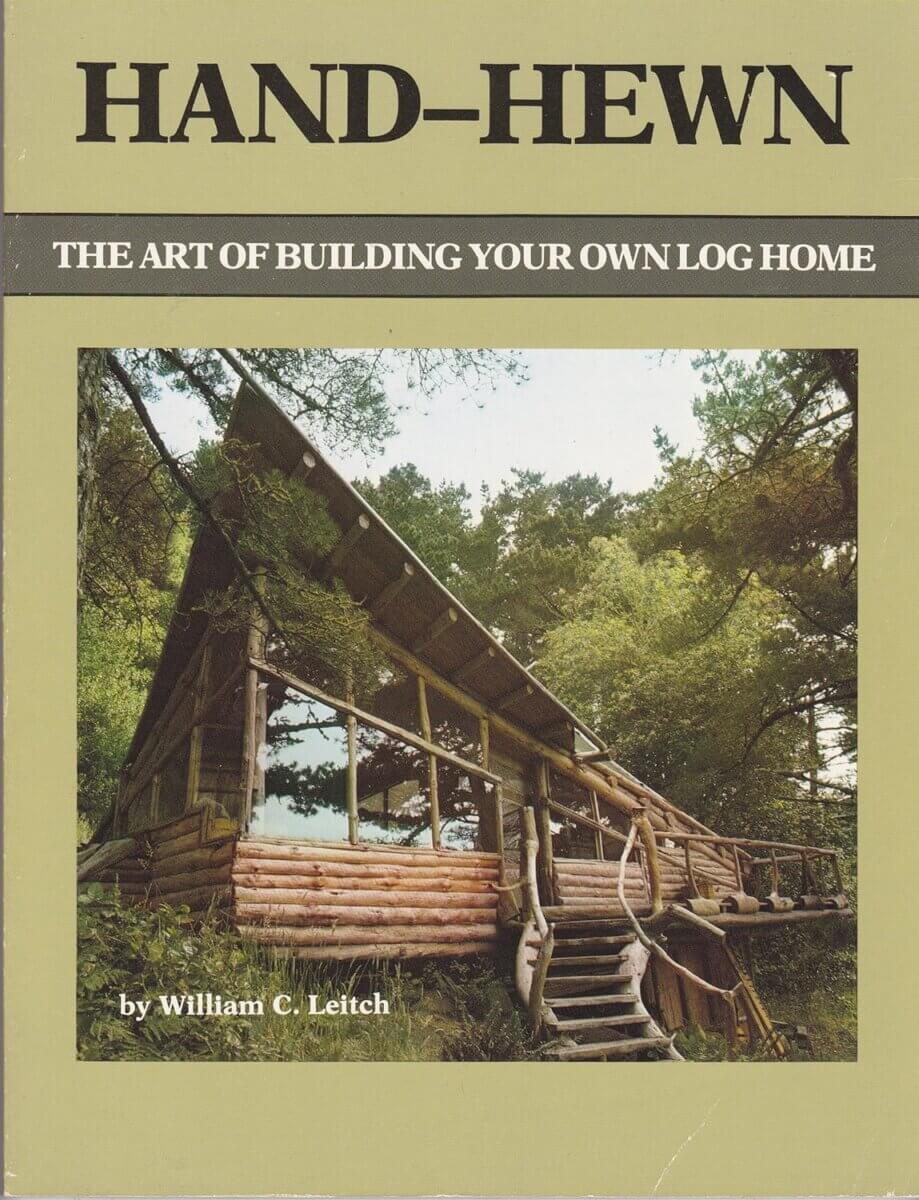






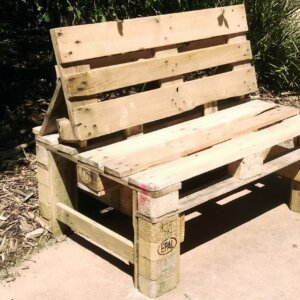






























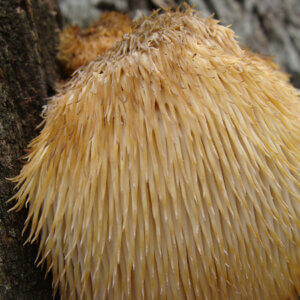


Leave a Reply